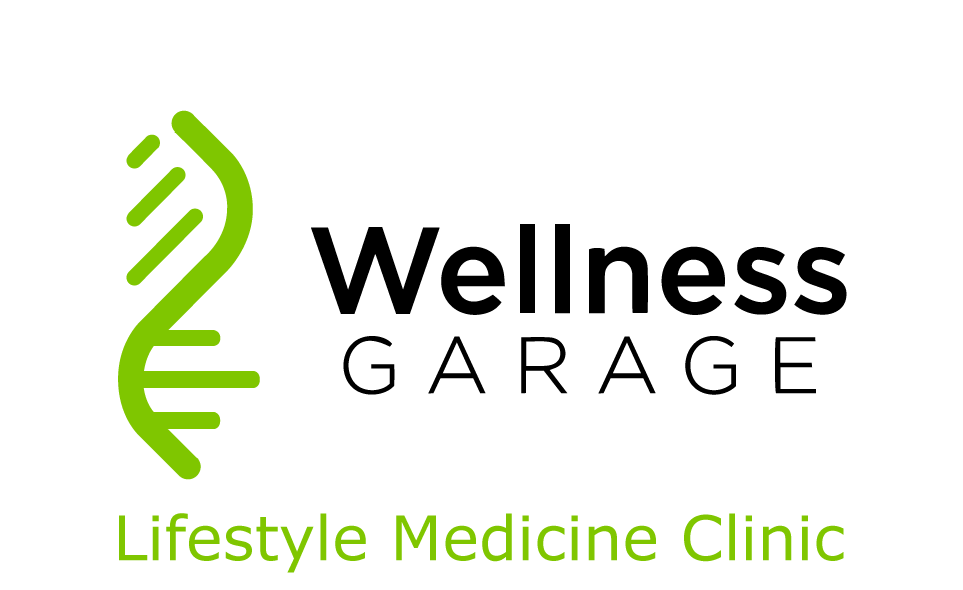|
For people trying to maintain optimal health, there is a central paradox when it comes to heart disease:
The only logical resolution for this paradox is that we all need to develop a strategy to manage the 9 risk factors that account for 90% of the risk. But what about genetics? We have known for many years (at least since 1938) that there are familial risk factors and evidence from twins and large prospective trials confirmed that genetic risk for heart disease is significant.
Since 2007 - more than 50 independent genetic variations have been identified as being associated with the risk of coronary artery disease. These risk alleles, when aggregated into a polygenic risk score, are predictive of incident coronary events and provide a continuous and quantitative measure of genetic susceptibility. Many observers assume that a genetic predisposition to coronary artery disease is deterministic. However, a recent study in the NEJM shows that genetic risk is modified by a favorable lifestyle. This study compared a polygenic risk score across 50 different genetic variations (SNP’s) with a lifestyle behaviour score across four different healthy lifestyle metrics: no current smoking, no obesity (BMI<30), physical activity at least once per week and a healthy diet pattern. They made this comparison across four different populations:
In total 55,685 were studied across these four populations. Here is what they found, when comparing genetic risk and lifestyle factors:
This last point really drives home why everyone should work to modify these risks - everyone can reduce their risk of heart disease. Like many complex chronic diseases coronary artery disease involves an interplay between genetics and lifestyle and while we cannot yet change our genes, we absolutely can change our lifestyle. Adopting a strategy to reduce risk of heart disease starts with an assessment of your current lifestyle and risk. Our Precision Health Tune Up’s start with a Comprehensive Lifestyle Medical Assessment, where we review your key biomarkers, medical history and lifestyle behaviours known to impact health. Included in this is a full cardiovascular risk assessment, along with recommendations for change, additional investigations and or follow-up. From the medical assessment, our team can help you implement the recommendations through a TARGET Nutrition Plan, a TARGET Fitness Plan or a Comprehensive Plan encompassing both nutrition and fitness. Finally a plan is only as good as its implementation, and here our six month digital coaching program (myhealthjourney.ca) and team-based support will help you get started, make the changes and fine tune your strategy. A very compelling read from a New York Times op/ed, making the point that we have made previously on our blog: today's chronic diseases have their origin in the evolutionary mismatch between our current environment and behaviors and what our bodies evolved to be. In this article, we learn how evolution set out to protect us from starvation, infections and injuries leaving us vulnerable to atherosclerosis - the disease process underlying heart disease. https://www.nytimes.com/2019/08/06/opinion/evolution-heart-disease.html?action=click&module=Opinion&pgtype=Homepage At Wellness Garage - we take a precision health approach to atherosclerosis prevention, treatment and reversal, by working with our members through a structured change process: Assess, Change Behaviors, Re-assess and Adjust.
Learn more about what it looks like to do a Precision Health Tune Up and take control of your health. For many physicians of my era (started practice in 1991) the story of hormone replacement therapy reflects the bandwagon nature of medicine. In the mid-nineties as I opened my practice, we actively recommended that almost all menopausal women should take hormone replacement (HRT) or estrogen replacement therapy (if they had a hysterectomy). As physicians we measured ourselves by our HRT percentage - feeling that if we were doing our jobs this should approach 100%. The reasons for our enthusiasm for estrogen replacement seemed clear. In menopause, estrogen levels plummet to 1% of pre-menopausal levels. Using estrogen to replace this loss, appeared to have significant benefits:
...and while these benefits were offset by a small but real increased risk in venous blood clots - the benefits seemed overwhelming. Then on July 17, 2002 the world of estrogen replacement came crashing down. The Woman's Health Initiative - the largest and most expensive trial ($1B) ever done at that time was stopped because HRT increased the risk of breast cancer by 26%. Overnight, physicians jumped off the bandwagon and rates of HRT fell dramatically. Unfortunately most of us did not read the details of the study (once it was eventually released). 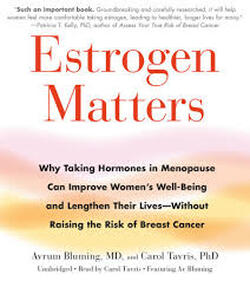 In the new book, "Estrogen Matters" by Dr. Avrum Bluming and Carol Tavris, the data from WHI is examined in the broader context. Starting with the conclusion that HRT increases breast cancer by 26% - the first and most stunningly underappreciated fact was that this increase did not meet statistical significance, meaning that it did not clear the commonly accepted threshold that there has to be less than a 5% chance that this result could be random. Next, even if you accepted that the result was real and not random, then it is important to understand the result. There are two ways that the study could have shown an increased rate of breast CA, either the rate of breast CA actually increased in the treatment group OR the rate of breast CA went down in the control group. Of course if the latter explanation is correct then the study is flawed. Closer analysis of the WHI data has clearly shown that the reported increase rate of breast CA did not come from higher breast cancer rates than expected in the treatment group but resulted from the fact that the control group had a lower incidence of breast cancer than expected. Even more confusing was the fact that this reduction of breast cancer in the control group occurred because there was a significant number of woman who had been on HRT previously and in this group there was less breast cancer. So the WHI concluded that HRT increases breast CA because previous HRT experience decreased the rate of breast CA in the control group - incredible! The third thing to consider when reviewing the WHI findings is the absolute rate of the increase in breast cancer. So even if you accept that the effect is real and not the result of randomness or a decreased rate in the control group the absolute increase in was 8 more breast cancer diagnoses per 10,000 patient years. Taken together, this review significantly decreases, if not removes altogether, the concern that I have about estrogen causing an increase in breast cancer. Bluming and Tavris then revisit the benefits and risks of HRT - providing links to the best available current evidence and in doing so provide perhaps the best single source of HRT information for anyone considering HRT. Summary of the Risks and Benefits of Estrogen Replacement: Benefits
Risks
Bottom Line: For every woman going through menopause, HRT should be given personalized and individualized consideration. I highly recommend this book to anyone who wants to review the data for themselves and make a fully informed decision. As for my physician colleagues, I have already been recommending "Estrogen Matters" For a great listen - check out Peter Attia's podcast. with Bluming and Tavris You may be interested: Osteoporosis Considering the Role of Estrogen Therapy Osteoporosis The Science of Bone Health - 3 Principles to Develop and Maintain Bone This is the first of a two part series on atherosclerosis and will explain:
What is atherosclerosis? Atherosclerosis - commonly known as “ hardening of the arteries” refers to a disease process that causes damage to the arteries resulting in narrowing, blockage, occlusion and even rupture. Atherosclerosis is the underlying cause of most cardiovascular disease (CVD) - including heart disease and stroke.
Atherosclerosis is both very common and very preventable. Our view is that the key to prevention comes from really understanding how atherosclerosis develops. This involves getting past some common misconceptions that have resulted from an oversimplification of the disease through the two dominant conceptual models used to explain atherosclerosis:
The issue with each of these models is that they overlook some key facts and observations:
Before we go further here - let's back up and better understand the disease process:
To summarize, atherosclerosis is caused by an inflammatory response to oxidized lipoproteins within the artery wall. There are three main ingredients that trigger a lesion:
The developing process can be mitigated in its earliest phases by HDL-particles that take away the sub-endothelial cholesterol - even after it is taken up by the foam cells. Evidence shows that the risk of atherosclerosis increases with increasing concentrations of LDL-particles in linear fashion - note this LDL-particle numbers, not LDL-cholesterol concentration. (while LDL-C and LDL-p are generally concordant, ie. they increase and decrease together, this is not always true - especially when insulin resistance is present). LDL-cholesterol is what is commonly reported on the standard lipid panel. A better test to understand your risk is the ApoB100 protein- which gives you the number of LDL-particles as each LDL-particle has one ApoB100 It must be stressed that LDL-P easily enter and exit the sub-endothelial space all the time - it is the oxidation of LDL-P that is key step in initiating atherosclerosis. Only oxidized LDP-P is taken up by macrophages and foam cells. What triggers the oxidation of the LDP-P? Damaged, inflamed or dysfunctional endothelial cells create the conditions for LDL-P oxidation. Common causes of endothelial dysfunction are:
Another key point is that the process that leads to an atherosclerotic lesion is systemic - so just identifying and treating lesions that cause blockage (ie. plumbing model) does not sufficiently decrease risk as there may be other non-obstructive lesions that can rupture and cause acute occlusion. So in essence, with atherosclerosis we have a reinforcing cycle of:
The take-home points to remember are:
At Wellness Garage - we can help you understand and take control of your health. Our comprehensive medical, fitness, nutritional and behavioral assessments give you baseline from which to measure your progress. Our coaching helps you improve your behaviors, one habit at a time. For more information - please book a free consultation. |
AuthorDr. Brendan Byrne Categories
All
|

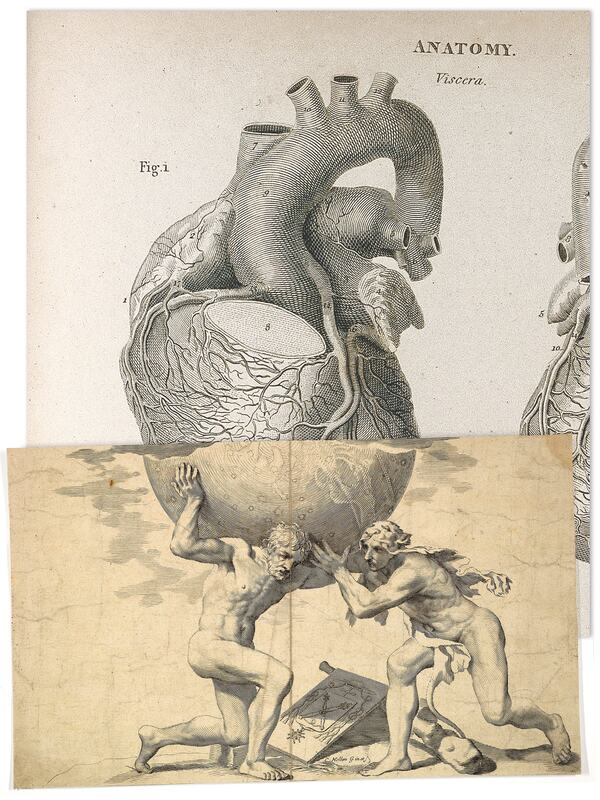
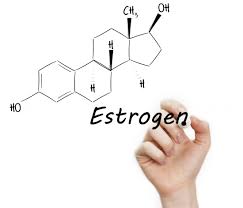
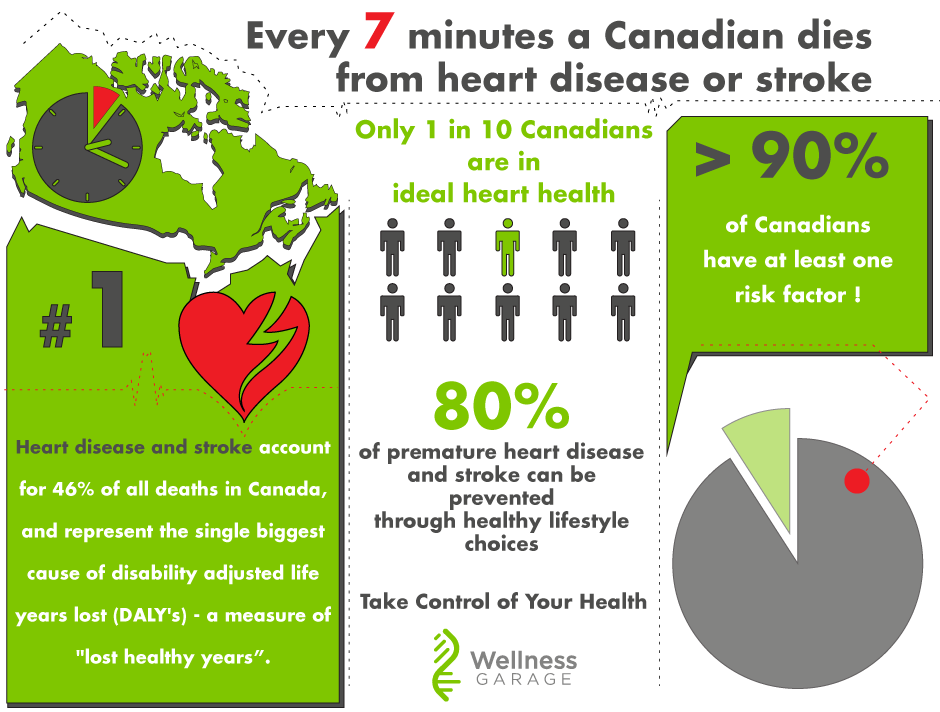
 RSS Feed
RSS Feed
